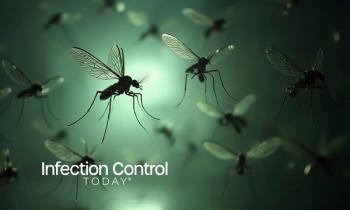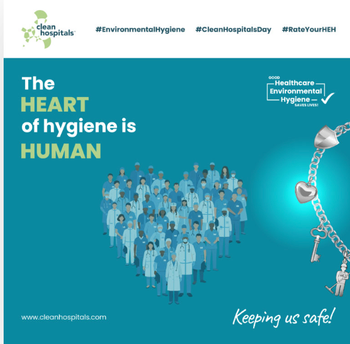
FDA Study Helps Provide an Understanding of Rising Rates of Pertussis, Response to Vaccination
A new study is helping to provide a better understanding of vaccines for pertussis, or whooping cough. Based on an animal model, the study conducted by the Food and Drug Administration (FDA) and published Nov. 25, 2013, in The Proceedings of the National Academy of Sciences, shows that acellular pertussis vaccines licensed by the FDA are effective in preventing the disease among those vaccinated, but suggests that they may not prevent infection from the bacteria that causes whooping cough in those vaccinated or its spread to other people, including those who may not be vaccinated.
Whooping cough rates in the United States have been increasing since the 1980s and reached a 50-year high in 2012. Whooping cough is a contagious respiratory disease caused by Bordetella pertussis bacteria. Initial symptoms include runny nose, sneezing, and a mild cough, which may seem like a typical cold. Usually, the cough slowly becomes more severe, and eventually the patient may experience bouts of rapid, violent coughing followed by the whooping sound that gives the disease its common name, when trying to take a breath. Whooping cough can cause serious and sometimes life-threatening complications, permanent disability, and even death, especially in infants and young children.
There are two types of pertussis vaccines, whole-cell and acellular. Whole-cell pertussis vaccines contain a whole-cell preparation, which means they contain killed, but complete, B. pertussis bacteria. The acellular pertussis vaccine is more purified and uses only selected portions of the pertussis bacteria to stimulate an immune response in an individual. In response to concerns about the side effects of the whole cell pertussis vaccine, acellular vaccines were developed and replaced the use of whole-cell pertussis vaccines in the U.S. and other countries in the 1990s; however, whole-cell pertussis vaccines are still used in many other countries.
This study is critically important to understanding some of the reasons for the rising rates of pertussis and informing potential strategies to address this public health concern, says Karen Midthun, MD, director of the FDAs Center for Biologics Evaluation and Research, where the study was conducted. This research is a valuable contribution and brings us one step closer to understanding the problem. We are optimistic that more research on pertussis will lead to the identification of new and improved methods for preventing the disease.
While the reasons for the increase in cases of whooping cough are not fully understood, multiple factors are likely involved, including diminished immunity from childhood pertussis vaccines, improved diagnostic testing, and increased reporting. With its own funds plus support from the National Institutes of Health (NIH), the FDA conducted the study to explore the possibility that acellular pertussis vaccines, while protecting against disease, might not prevent infection.
There were 48,000 cases reported last year despite high rates of vaccination, says Anthony S. Fauci, MD, director of the NIHs National Institute of Allergy and Infectious Diseases. This resurgence suggests a need for research into the causes behind the increase in infections and improved ways to prevent the disease from spreading.
The FDA conducted the study in baboons, an animal model that closely reproduces the way whooping cough affects people. The scientists vaccinated two groups of baboons one group with a whole-cell pertussis vaccine and the other group with an acellular pertussis vaccine currently used in the U. S. The animals were vaccinated at ages two, four, and six months, simulating the infant immunization schedule. The results of the FDA study found that both types of vaccines generated robust antibody responses in the animals, and none of the vaccinated animals developed outward signs of pertussis disease after being exposed to B. pertussis. However, there were differences in other aspects of the immune response. Animals that received an acellular pertussis vaccine had the bacteria in their airways for up to six weeks and were able to spread the infection to unvaccinated animals. In contrast, animals that received whole-cell vaccine cleared the bacteria within three weeks.
This research suggests that although individuals immunized with an acellular pertussis vaccine may be protected from disease, they may still become infected with the bacteria without always getting sick and are able to spread infection to others, including young infants who are susceptible to pertussis disease.
Newsletter
Stay prepared and protected with Infection Control Today's newsletter, delivering essential updates, best practices, and expert insights for infection preventionists.





